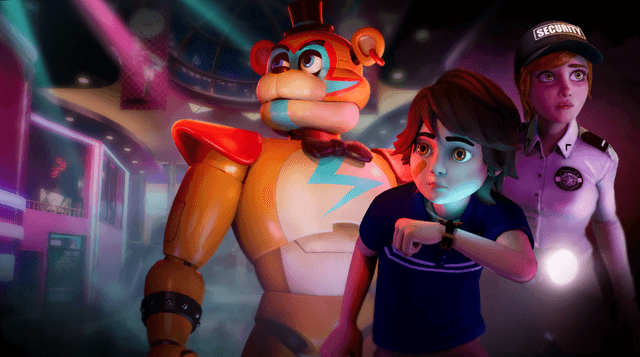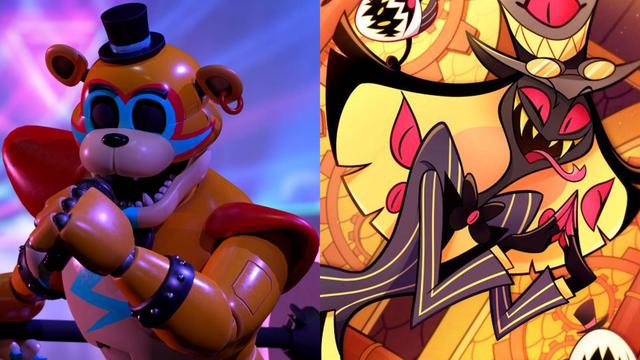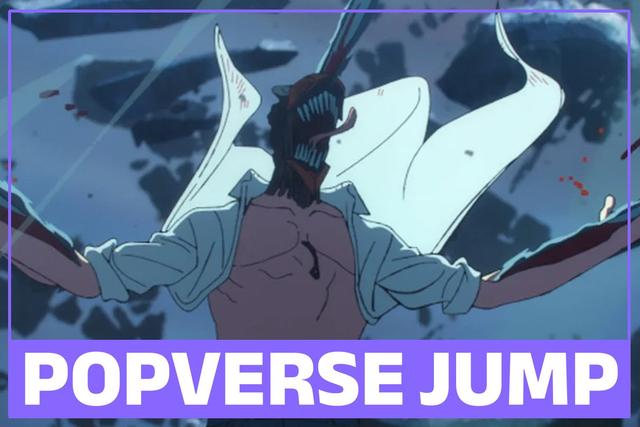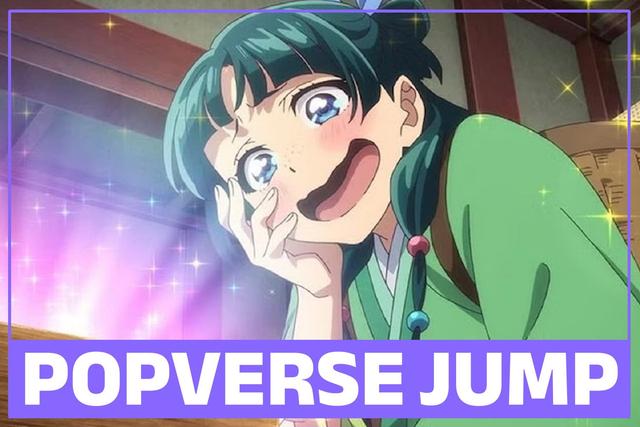If you click on a link and make a purchase we may receive a small commission. Read our editorial policy.
20th century boys: the (temporary) end of the superhero set
The short-term disappearance of the superhero post-World War II

For Popverse's first birthday, we are making several of our most popular members-only pieces available to the general public at large for a limited time. These pieces represent some of the best writing here at Popverse by our team, and are just sample of what you can enjoy on a weekly basis by coming a paid Popverse member.
To anyone who’s paid attention to the comic book industry across the last half-century or so, the dominance of the superhero genre has been the one constant that can be relied on. While everything else – characters, creators, even publishers – can come and go, the fact that superheroes are the cornerstone of the American industry has been an unchanging fact for almost as long as most people can remember. From today’s perspective, it’s almost impossible to imagine the cape and cowl set fading into near obscurity – yet in the decade between the end of the Second World War and the mid-'50s revival of the Flash at the dawn of the Silver Age, that’s exactly what happened.

Those hoping to find a smoking gun that killed the men and women of steel will be disappointed to discover that there was actually no singular reason behind it all. Instead, the circumstances surrounding the genre’s disappearance are – perhaps fittingly given the social and political turbulence of the era in the aftermath of World War II – complicated and made up of a number of different events overlapping and coinciding in unexpected ways.
Superheroes do not pay
To start with, the impact of the end of the Second World War shouldn’t be understated. Just as superheroes had collectively rode the wave of patriotism to massive sales success as the U.S. prepared to enter the war – arguably best typified by Captain America Comics #1 showing the titular hero proudly socking Hitler in the jaw – they suffered a backlash as the war came to an end, and Americans became exhausted by the sheer scale of what they’d just experienced. Having just lived through the reality of an existential fight against real life forces of evil, the allure of reading about costumed characters doing the same thing became just that little bit… well, less exciting.

That connection between superheroes and WWII wasn’t helped by the fact that a number of comic books’ superheroes had been co-opted into the official war effort, whether through covers and stories intended as patriotic propaganda or promoting efforts to support the battle on the homefront through paper drives and similar activities. As the United States found itself collectively wanting to move on from the hardship of the war, superheroes became an unlikely, unwelcome reminder of what everyone was trying to forget.
This didn’t translate as the country abandoning comic books as a medium, though; even as superhero sales plummeted – by the end of 1946, the genre was selling roughly two-thirds what it had been doing at its peak just a couple of years earlier. A couple of years after that, the majority of superhero titles had been repurposed to showcase other genres of storytelling or canceled outright – comic book sales as a whole continued to be surprisingly strong. As the 1940s drew to a close, comic books were selling in the region of 50 million copies a month, with the industry supporting somewhere in the area of 300 individual series from upwards of 30 separate publishers. This wasn’t an industry close to collapse.
As unlikely as it might seem, the industry’s overall health was another reason for the disappearance of the superhero. Simply put, publishers had alternatives to turn to that were, at least in the short term, as profitable as superheroes if not more so.
With the medium still in its relative infancy – the idea that creating original material for the comic book publishing format could be a profitable business model was barely a decade old by the end of the '40s – experimentation was rife, and the creation of things like horror comics, crime comics, and romance comics proved to be very popular developments, fulfilling a hunger for novelty in existing readers while convincing new readers that maybe there was something to this comic business after all. Titles like Young Romance and Crime Does Not Pay didn’t just keep publishers afloat, they looked like the future of the business and the medium as a whole as superheroes fell further and further from favor.

Seduction of the suggestible
That wouldn’t be the case, as it turned out – at least, not in the short term. Instead, a moral panic over the corrupting influence of comic books whipped up by a psychiatrist called Fredric Wertham and his sensationalist book Seduction of the Innocent would lead to investigations into the medium by the American Senate Subcommittee on Juvenile Delinquency, and self-imposed censorship via the newly-created Comics Code Authority that would, for all intents and purposes, lead to the end of horror and crime comics. As unlikely as it may seem, at the center of this fearmongering was the superhero genre.
By 1948, Wertham was already preparing the rhetoric that he’d employ six years in the future in Seduction of the Innocent. In an article appearing in the March 27, 1948 issue of popular magazine Collier’s titled, dramatically, 'Horror in the Nursery,' he was already warning of the dangers posed by the medium. “Even if the tiny percentage of so-called ‘good’ comic books could be used, that hardly justifies the existence of comic books per se,” he’s quoted as saying in the piece. “It’s rather like saying that brothels justify themselves since they relieve the housing shortage by providing a few people with a place to sleep.”
He was far from the first to be sounding the alarm about what comics were doing to their readers, however, with earlier warnings being far more targeted in their disdain. An article that appeared in the May 1944 edition of the St. Anthony Messenger was headlined 'Parents Must Control the Comics,' and featured a strong warning about the hidden meaning of superheroes: “There is anti-American, dictator propaganda in the glorification of these wrong-righting supermen,” it argued. “Hitler took over Germany when his followers had been persuaded that he was a superman with a mission to right the wrongs of the German state.”
Later that same year, the Catechetical Guild Educational Society of St. Paul, Minnesota published a pamphlet titled, simply, The Case Against the Comics, which similarly came out in full-throated condemnation of superheroes, whom were described as having a “philosophy [that can] only be described as un-American and in a few instances, anarchistic.” The so-called “vigilante spirit” on show in such characters, it went on, was inherently dangerous: “It is neither Christian nor American to permit the young to be taught in this way the pernicious totalitarian doctrine that the end justifies the means.”
An endless cycle of death and rebirth
By the late '40s, then, it felt as if everything was working against superhero comics. Abandoned both by their readership for being too closely tied to an era they’d rather forget, and by their publishers as a fad that had seen its day and was primed to be replaced by any number of exciting new Next Big Things, superheroes were also, it seemed, either corrupting children’s morality or training them to grow up to become a new generation of Hitlers. Even the Man of Steel himself would break a sweat dealing with this particular combination of threats.
To a certain degree, what brought superheroes down – albeit temporarily – was a combination of all of this, and further external factors specific to some particular cases. Would the genre have faltered to the degree that it has if Fawcett had been able to continue publishing Captain Marvel after 1953, for example? Perhaps not – the character was massively successful, with a circulation of above a million copies per issue at its peak, leading to Captain Marvel Adventures bearing the banner, “Largest Circulation of Any Comic Magazine” for some time – but that wasn’t to be; National Comics (the name of DC at the time) was too litigious to allow that to happen, especially if it meant Superman wasn’t selling what was expected of him.

As it was, it’s not as if superheroes vanished from the landscape entirely even during this nadir in their popularity; National kept Superman, Batman, Wonder Woman and even Aquaman in print across a number of different titles, even if the focus of their stories shifted to subject matters more science fiction or, in many cases, just outright ridiculous in an attempt to keep up with the trends. Who could forget 1949’s Batman #56, titled 'Ride, Bat-Hombre, Ride!' where the Caped Crusader has to train someone to become the South American equivalent of himself in order to keep the peace in the city of Casanegro? Still, even that was better than the fate of poor Captain America, ousted from his very own comic as Captain America Comics became Captain America’ Weird Tales for two issues in 1949 before its cancellation.
As everyone who’s ever read a comic book knows, though, it’s hard to keep superheroes out of the fight for good. As the Comic Code Authority effectively shut down some of the most successful genre alternatives to superheroes with its introduction in 1954, editors and publishers alike re-examined whether or not costumed characters had a future. In the same year that the Code was put in place, Captain America was revived for a three-issue, Communist-hunting run that most would like to forget. but it would take two years and the brilliance of Julius Schwartz, Robert Kanigher, and Carmine Infantino to arrive at the creation of Barry Allen, the second hero to call themselves the Flash – and a character whose success would revive superheroes for good.
The response of Barry’s debut in 1956’s Showcase #4 was enough to prompt National Comics Publications, as DC was known at the time, to repeat the trick with Green Lantern, Hawkman, the Atom, and eventually, the Justice League of America – an updating of the earlier Justice Society concept. Apocryphally, the JLA revival was enough to convince rival publisher Martin Goodman to tell his comics editor to create a superhero team of their own. A few months later, the fruits of that editor’s labors were revealed when Fantastic Four hit the stands for the first time.
All told, the retreat of superheroes in comics lasted a little over a decade. In retrospect, it looks increasingly like an aberration than anything else, and a glimpse towards a road less traveled. Think of it as the ultimate “What If…?” story.
The Long Star War: Reframing Star Wars through the lens of real-world history.
Follow Popverse for upcoming event coverage and news
Find out how we conduct our review by reading our review policy
Let Popverse be your tour guide through the wilderness of pop culture
Sign in and let us help you find your new favorite thing.
















Comments
Want to join the discussion? Please activate your account first.
Visit Reedpop ID if you need to resend the confirmation email.